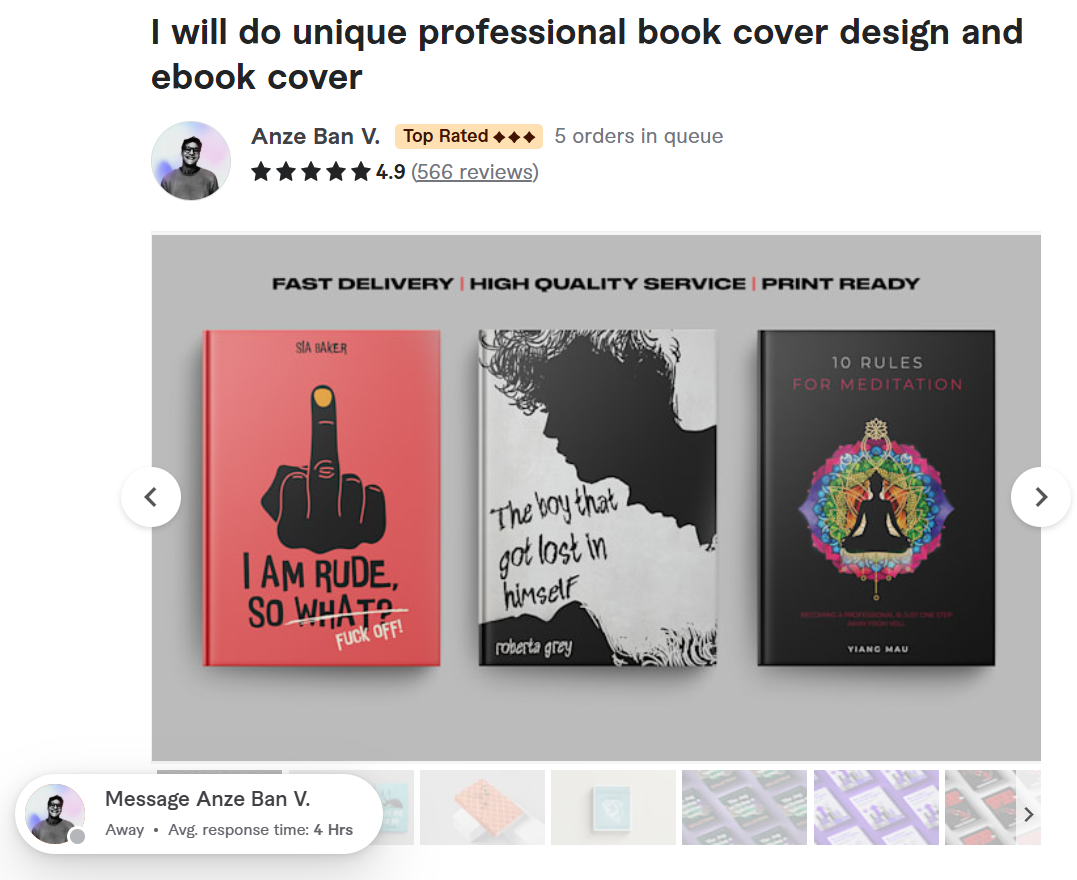A practical, hype-free guide to the AI essentials—what each tool actually does, the fastest way to start, and pro tips to avoid common mistakes.

Why These 10 Tools Matter in 2025
AI is no longer a novelty—it’s a utility. The winners in 2025 are people who know which tools to use and how to combine them. This list is built on three rules: (1) can you get value in under 30 minutes, (2) does it replace a recurring time sink, and (3) is there a free or low-cost path to start?
Below, you’ll find tools for writing, search, notes, design, audio/video, coding, meetings, automation, and scheduling. Pick 2–3 first. Master them. Add more only when the next bottleneck appears.
The 10 Must-Have AI Tools (Free & Paid)
1) AI Assistants (ChatGPT / Claude / Gemini)
Best for: Brainstorming, drafting, summarizing, idea validation, email polishing, and learning anything faster.
Quick Start (5 min): Ask: “You’re my concise research assistant. I need a 150-word summary of X with 3 actionable steps. Use everyday language.” Paste a link or paragraph. Iterate.
Free vs Paid: Free tiers are good for light use; paid tiers are faster, handle longer inputs, and support file/image workflows.
Pro Tips: Give role + goal + constraints + example. Ask for checklists and templates you can reuse weekly.
2) Perplexity (AI Search)
Best for: Fast, cited answers to research questions—great for briefs, homework, trip planning, and product comparisons.
Quick Start: Ask a specific question, add “show sources.” Use follow-ups like: “compare #2 and #4 on price vs features in a table.”
Free vs Paid: Free is enough for casual research; paid unlocks deeper models and file analysis.
3) Notion AI (Second Brain for Work & Study)
Best for: Turning notes into docs, wikis, SOPs, and project hubs. AI cleans, summarizes, and formats your mess into something usable.
Quick Start: Dump raw notes, then “/AI → summarize → action list.” Convert into a weekly plan. Pin it.
Free vs Paid: Free for solo; paid for teams and advanced features.
4) Canva (Magic Design & Brand Kits)
Best for: Social posts, thumbnails, ads, resumes, one-page pitch decks. AI layouts + your brand kit = pro-grade visuals in minutes.
Quick Start: Search a template → edit text → replace image → “Magic Design” to generate variations → export.
Free vs Paid: Free covers most basics; paid unlocks brand controls, premium assets, background removal, etc.
5) Descript (Video & Podcast Editing by Text)
Best for: Turning rough recordings into polished videos and podcasts. Edit by deleting words, not waveforms.
Quick Start: Import audio/video → auto-transcribe → delete filler words → “Studio Sound” → export short clips.
Free vs Paid: Free for light use; paid unlocks better limits and features.
6) Runway (AI Video & Generative Visuals)
Best for: Quick social clips, AI b-roll, removing backgrounds, and creative experiments without a heavy editing stack.
Quick Start: Upload a clip → remove background → add captions → export vertical for Reels/Shorts.
Free vs Paid: Free to try; paid for higher quality and longer exports.
7) Grammarly / LanguageTool (Clarity & Tone)
Best for: Clear emails, error-free posts, and consistent tone. Catches typos, suggests rewrites, and adapts to audience.
Quick Start: Install the browser extension → set goals (audience, formality) → paste text → accept/reject suggestions.
Free vs Paid: Free covers basics; paid adds tone rewrites and advanced checks.
8) AI Meeting Notes (tldv / Fireflies)
Best for: Automatic recording, transcripts, and action items for Zoom/Meet. Never miss decisions again.
Quick Start: Connect calendar → record meeting → auto-summary arrives with timestamps → share to Slack/Notion.
Free vs Paid: Free caps usage; paid adds longer recordings and team features.
9) Zapier / Make (Automations with AI)
Best for: Connecting apps: when X happens in App A, do Y in App B. Add AI steps to summarize, tag, or route data.
Quick Start: “When new email arrives → extract key points with AI → add to Notion → ping me on Slack.”
Free vs Paid: Free covers simple zaps; paid for multi-step, premium apps, and higher task volume.
10) GitHub Copilot (Coding) & Reclaim (Smart Scheduling)
Best for (Copilot): Autocomplete, boilerplate, and refactors for many languages. Great for students and engineers.
Best for (Reclaim): Auto-schedules tasks around meetings, protects focus time, and nudges routines (workout, reading).
Copy-Paste Workflows (Save 10+ Hours/Week)
Weekly Content Engine (90 minutes)
- Perplexity: research outline + sources (15m)
- AI Assistant: draft article/threads (35m)
- Canva: cover image & 3 social variations (15m)
- Grammarly: final polish (10m)
- Zapier: auto-post & archive to Notion (15m)
Client/Team Meeting Loop
- tldv/Fireflies: record + auto-summary
- AI Assistant: convert to action plan
- Zapier: send tasks to Asana/Trello, notes to Notion
- Reclaim: schedule tasks inside focus blocks
Start with one workflow. Keep it running for 2 weeks. Only then add another. Compounding > tinkering.
Common Mistakes & How to Avoid Them
- Using too many tools: Pick 2–3. Master them. Expand later.
- Vague prompts: Give role, goal, constraints, and examples. Ask for checklists.
- Skipping review: Always add your voice. AI drafts ≠ final copy.
- No system: Block a weekly “AI hour” to run your workflows.
- Privacy blind spots: Don’t paste sensitive data. Use redaction or local options when needed.
FAQ
1) Are these tools really free?
Most offer free tiers or trials. Paid plans add speed, higher limits, and team features.
2) Which two should I start with?
One AI assistant (ChatGPT/Claude) + one automation tool (Zapier/Make). Add a design or notes tool next.
3) Will AI replace my job?
AI replaces tasks, not people who learn to use it. Upskill and let AI handle the grunt work.
4) Is my data safe?
Check each provider’s policy. Avoid pasting confidential or regulated data. Prefer local solutions for sensitive work.
5) How do I get real results fast?
Pick a single weekly workflow (content, client comms, admin). Automate it end-to-end. Measure time saved.








